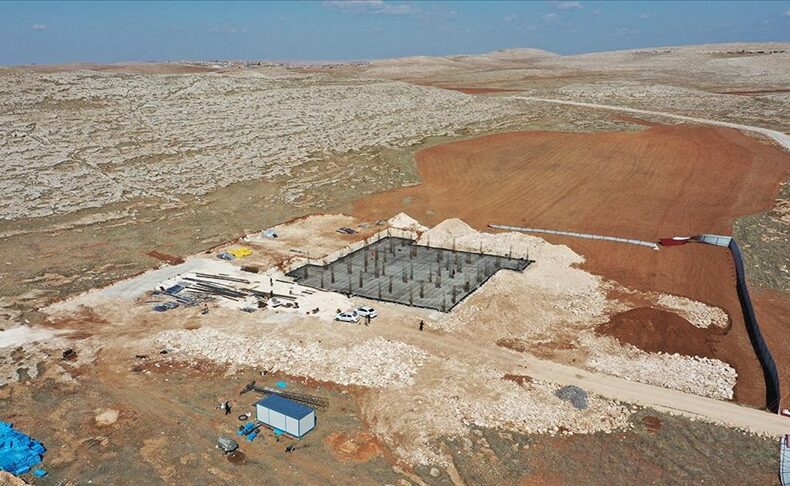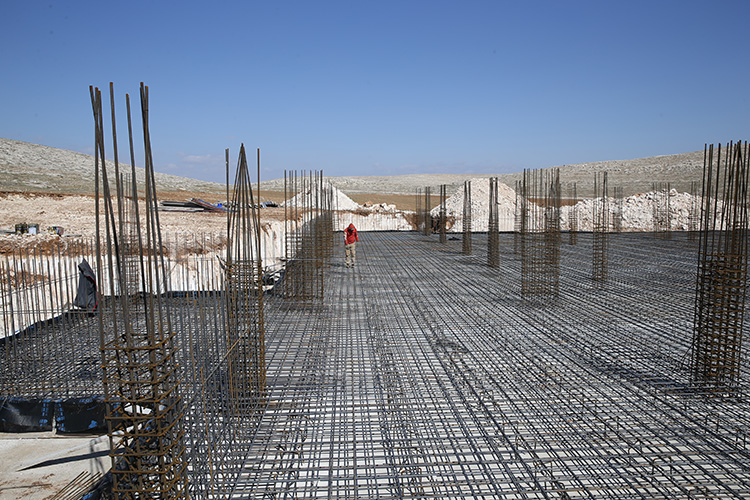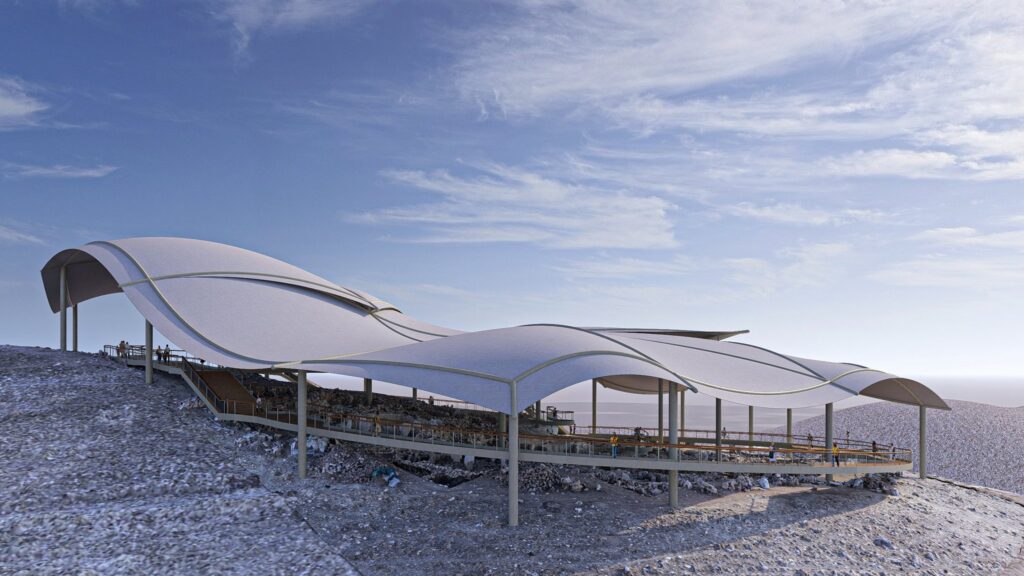
A protective roof is being built at Karahantepe, which sheds light on the Neolithic Period
Karahantepe, one of Şanlıurfa’s important Neolithic settlements, continues to make a name for itself with ongoing excavations. The Ministry of Culture and Tourism has taken action to protect the unique artifacts unearthed in this unparalleled archaeological site, contemporary with Göbekli Tepe, under the “Heritage for the Future Project.” Prof. Dr. Necmi Karul shared important information about the excavation and conservation projects in Karahantepe.
Prof. Dr. Necmi Karul: “3,500 Square Meters in Karahantepe to Be Protected”
Prof. Dr. Necmi Karul, who has been leading the excavations in Karahantepe under the Taştepeler Project since 2019, stated that they have reached a large excavation area and unearthed numerous artifacts. Karul noted that the construction of the protective roof project, prepared by the Ministry of Culture and Tourism to protect the artifacts in the region, has begun, saying, “Approximately 3,500 square meters will be protected by 2025.”

“The Roof Is Designed to Accommodate the Expansion Potential of the Archaeological Site”
Emphasizing that the roof is designed to suit the region’s terrain, Karul said, “Our approach was as follows: archaeological sites have the potential to expand as excavations progress, so we considered the roof as a system that can be articulated rather than a monolithic system. At the same time, the land is a mobile terrain with topography. We took care to ensure that it has a slope compatible with this topography, so that it does not affect the landscape much when viewed from a distance and does not overshadow the archaeological site.”

“Archaeological Research Center and Excavation House Will Contribute to Studies in the Region”
Stating that they continue to build infrastructure facilities during this period when they are not excavating due to seasonal conditions, Karul said that they have started working to build an archaeological research center and excavation house near the excavation site. Karul, who stated that they plan to complete these sections by the summer months, said, “We are thinking of this place as a science center or base. It is planned as a facility that not only the Karahantepe team but also other archaeological teams, geoscientists, and natural scientists in the region affiliated with Taştepeler can benefit from. The facility includes laboratories, such as a restoration laboratory, a photography laboratory, and an archaeometry laboratory, so it includes units beyond accommodation.”
Karahantepe, along with Göbekli Tepe, is of great importance in understanding Neolithic settlements and rituals. The excavations and conservation efforts in the region will continue to shed light on this important period of human history. The future of Karahantepe holds great potential both in terms of scientific studies and tourism.
You may also like
- A 1700-year-old statue of Pan unearthed during the excavations at Polyeuktos in İstanbul
- The granary was found in the ancient city of Sebaste, founded by the first Roman emperor Augustus
- Donalar Kale Kapı Rock Tomb or Donalar Rock Tomb
- Theater emerges as works continue in ancient city of Perinthos
- Urartian King Argishti’s bronze shield revealed the name of an unknown country
- The religious center of Lycia, the ancient city of Letoon
- Who were the Luwians?
- A new study brings a fresh perspective on the Anatolian origin of the Indo-European languages
- Perhaps the oldest thermal treatment center in the world, which has been in continuous use for 2000 years -Basilica Therma Roman Bath or King’s Daughter-
- The largest synagogue of the ancient world, located in the ancient city of Sardis, is being restored











Leave a Reply